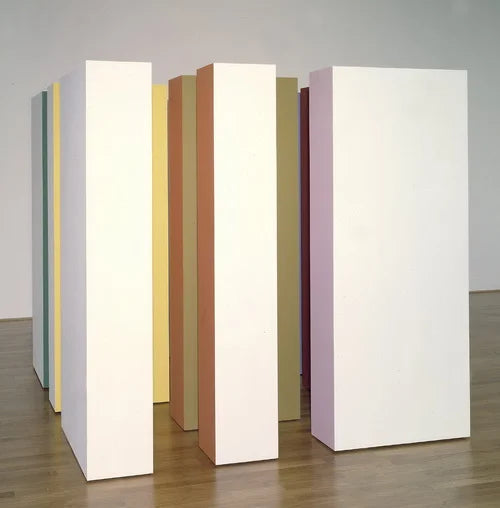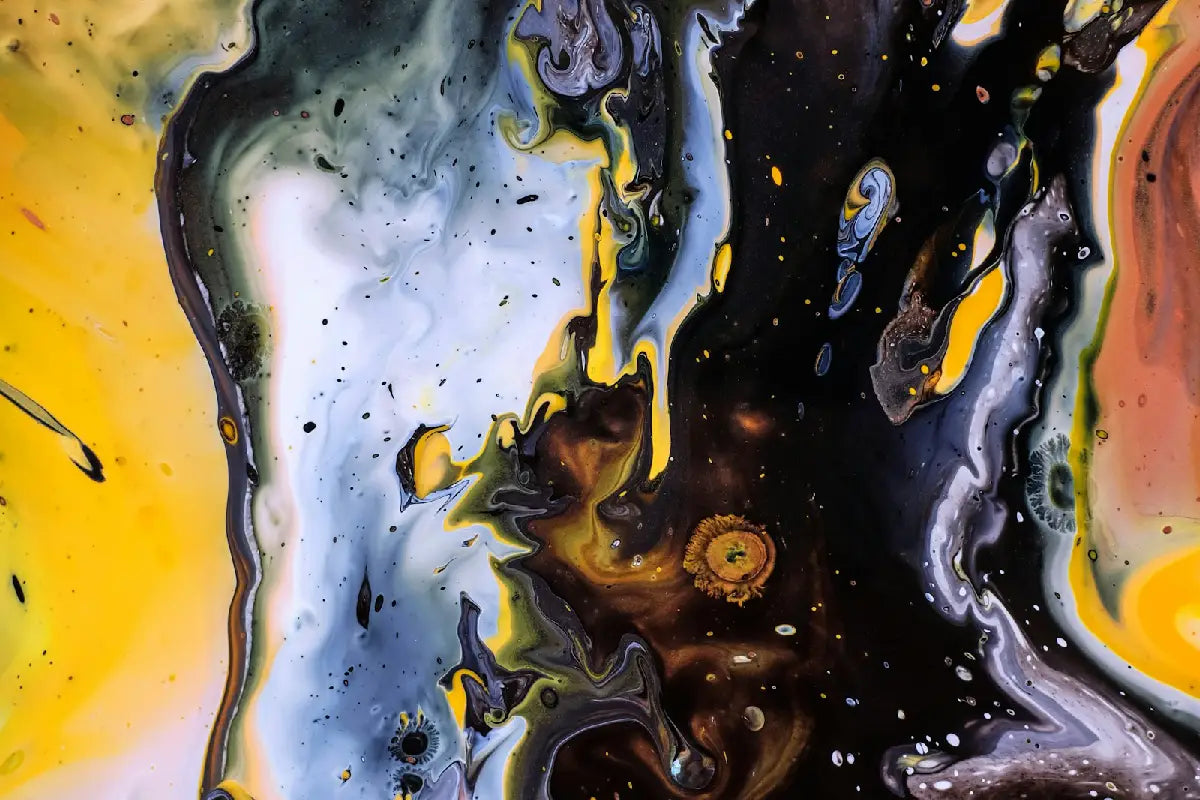
It Is Believed That Some Dinosaurs Could Run Faster Than a Cheetah
Julian Opie
"It Is Believed That Some Dinosaurs Could Run Faster Than a Cheetah", created by Julian Opie in 1991, is an innovative installation artwork that challenges perceptions of speed and evolution through a unique visual narrative within the Neo-Pop Art movement.
Cette œuvre est actuellement protégée par le droit d'auteur et n'est pas disponible à la vente. Elle est présentée uniquement à des fins éducatives et culturelles.
À propos de l'œuvre
Description
In this fascinating installation, Julian Opie merges contemporary artistic practices with scientific intrigue, creating a dynamic exploration of dinosaurs and their place in the evolutionary timeline. The piece is characterized by its bold lines and striking use of color, emblematic of Opie's distinct style. The imagery depicts an array of dinosaur silhouettes juxtaposed against the graceful form of a cheetah, provoking thought about the capabilities of ancient creatures versus modern animals. This artwork invites viewers to reconsider preconceived notions of speed and agility through minimalist yet impactful visual language. By employing a simplistic, almost digital aesthetic, Opie emphasizes the speed of imagination and knowledge transfer in the art world. The installation beckons audiences to engage with the piece physically and mentally, drawing connections between the ancient past and its interpretation in contemporary culture. There is a playful irony in the juxtaposition of these two creatures, celebrating both the majesty of dinosaurs and the elegance of the cheetah, while suggesting that perhaps some dinosaurs were swifter than we have thought. Through this work, Opie encourages a reconceptualization of both art and science, harmonizing them into a cohesive narrative.
Contexte
Caractéristiques
- Title: It Is Believed That Some Dinosaurs Could Run Faster Than a Cheetah
- Artist: Julian Opie
- Date: 1991
- Style: Neo-Pop Art
- Genre: Installation
- Dimensions: Not specified
- Tags: Line, Material Property
- Copyright: Julian Opie
Interprétation
À propos de l'artiste

Julian Opie
Artiste Certifié
13
Œuvres
Followers
Vues
Julian Opie est un artiste contemporain britannique, né à Londres le 12 décembre 1958. Il a grandi à Oxford, où il a été scolarisé à la Dragon School et à la Magdalen College School. Passionné par l'art dès son plus jeune âge, Opie poursuit ses études au Goldsmiths College de Londres de 1979 à 1982. Sa carrière artistique débute rapidement, attirant l'attention des galeries avec son style distinctif. Influencé par des artistes tels que Patrick Caulfield et Michael Craig-Martin, Opie se distingue par son approche unique de la représentation...
Œuvres de l'artiste
Voir toutAvis & Discussions
Discussion critique
Partagez votre interprétation de l'œuvre
Découvrez d'autres tableaux
Artistes liés

Donnez vie à vos projets artistiques
Découvrez nos solutions sur mesure et notre expertise en reproduction d art












